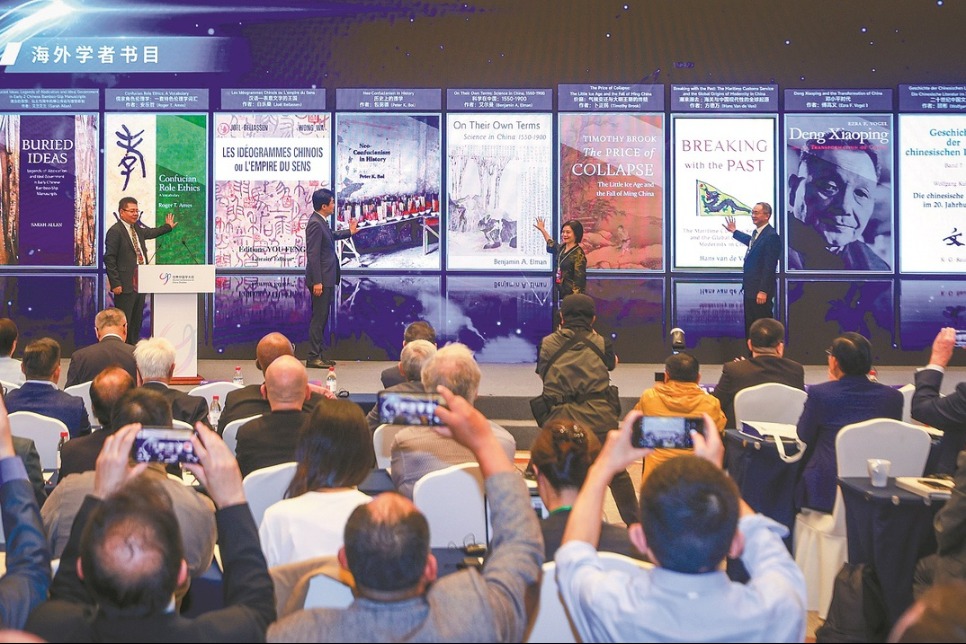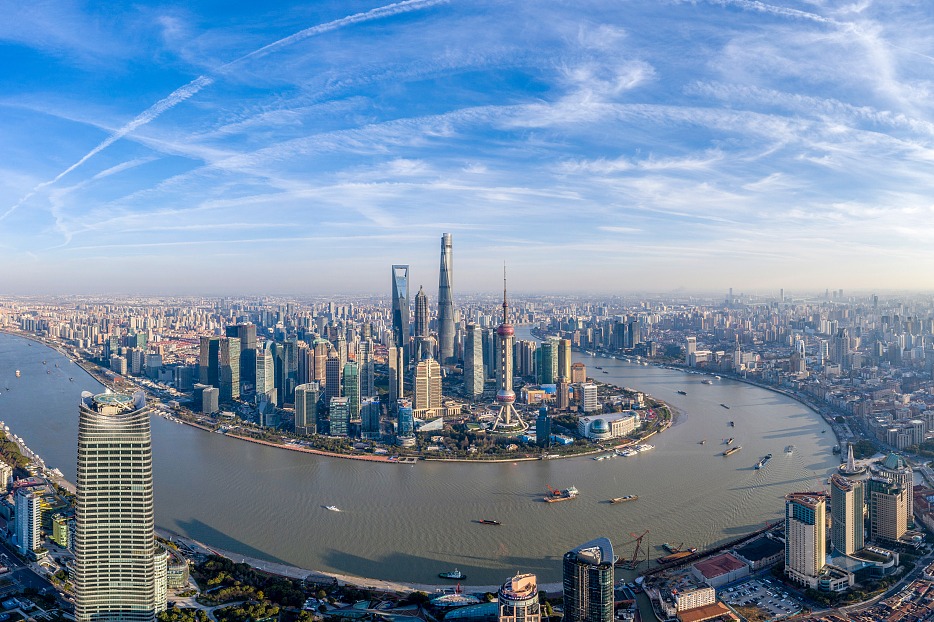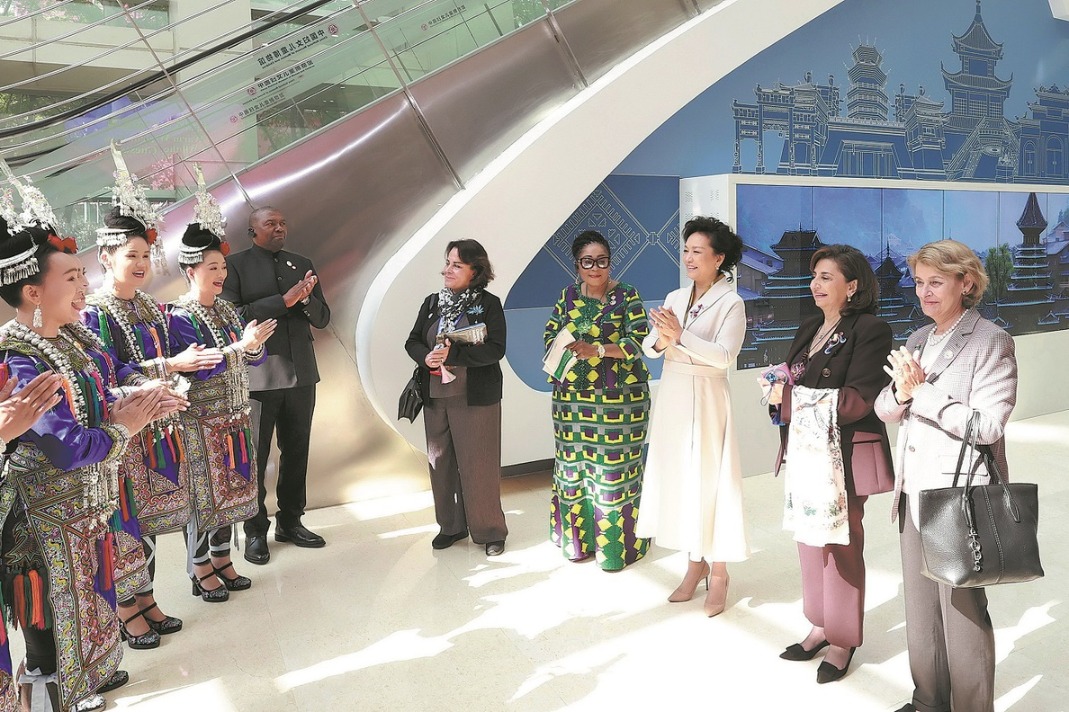A small cup of tea, a better tranquil world
By Bao Yan and Guo Jiulin | chinadaily.com.cn | Updated: 2023-04-10 13:55

In the Ming Dynasty (1368-1644), Emperor Zhu Yuanzhang advocated drinking loose tea and the traditional decocting method was changed to brewing method, for he perceived that making tea cakes was a waste of money and labor. Since then, the way of drinking tea dramatically changed. Tea poems, tea songs, tea dances and tea operas were created. Painters of the time loved to paint paintings on the theme of tea. Tang Bohu's Tea Tasting and Wen Zhengming's Lu Yu's Tea Brewing are representatives of them.
From the Ming Dynasty onwards, green tea, yellow tea, white tea, black tea, oolong tea, black tea all appeared and the six kinds of tea are believed to have different effects. Black tea can warm the stomach and protect the heart, green tea can relieve the internal heat and prevent cancer, black tea can resist cold and reduce fat, oolong tea can moisten dryness and lose weight. Tea drinking became more creative and people in different regions of China chose different kinds of tea according to their specific taste and living environment. By the Qing Dynasty (1644-1911), tea production and export had become a formal foreign trade industry.
At present, China's tea production ranks first in the world. The history of Chinese tea export can be traced back to the Wei and Jin Dynasties, when the main export country was Turkey. In the Sui (AD 581-618) and Tang dynasties, the export trade gradually expanded, thanks to the expansion of border trade markets and the opening of the Silk Road. The famous "tea-horse trade", exchanging tea for good horses with west and north Asians and Arabians, became a typical win-win trade. The Arabs then resold Chinese tea to Russia and European countries.
Through the ancient Silk Road (from the 2nd century BC to the 16th century BC), Chinese tea was delivered to every corner of the world. From the 17th century to the early 20th century, the Ten-thousand-Mile Tea Path, another international trade road across the Eurasian continent that took tea as its main commodity, came into being. With a total length of more than 14,000 kilometers, the path was the longest transcontinental trade route of the time and the continuation of the Silk Road in the Qing Dynasty. Besides tea, other bulk of commodities like fur, cloth, grain, medicinal material, salt were transported and traded through the road as well.
To some extent, the influence of cultural exchange of the Ten-thousand-mile Tea Path exceeds that of commerce. The part of the road in China basically runs from south to north. The starting point was the regions of ethnic group communities in southern China, from there the produced tea was transported to the north, which facilitated the ethnic exchanges and integration, enhanced the understanding, unity and mutual trust among all ethnic groups. The overseas part of the road goes directly from north of China to Russia, Central Asia and European countries.
With the increase of Chinese tea trade, drinking Chinese tea became a fashion of not only noble families but also ordinary people of the era in Europe. Along with tea came the Chinese culture, etiquette and customs, which further facilitated cultural exchanges and mutual learning between the East and the West.
Through the ancient Silk Road to the Belt and Road today, Chinese tea is once again enjoyed by the people of the world.Chinese tea will be bound to become an envoy of Chinese culture to the world in promoting the development of a harmonious global community.
About the authors:
Bao Yan, lecturer at College of Liberal Art and Law, Dalian Minzu University
Guo Jiulin, professor at College of Liberal Art and Law, Dalian Minzu University
The views don't necessarily represent those of China Daily.
























